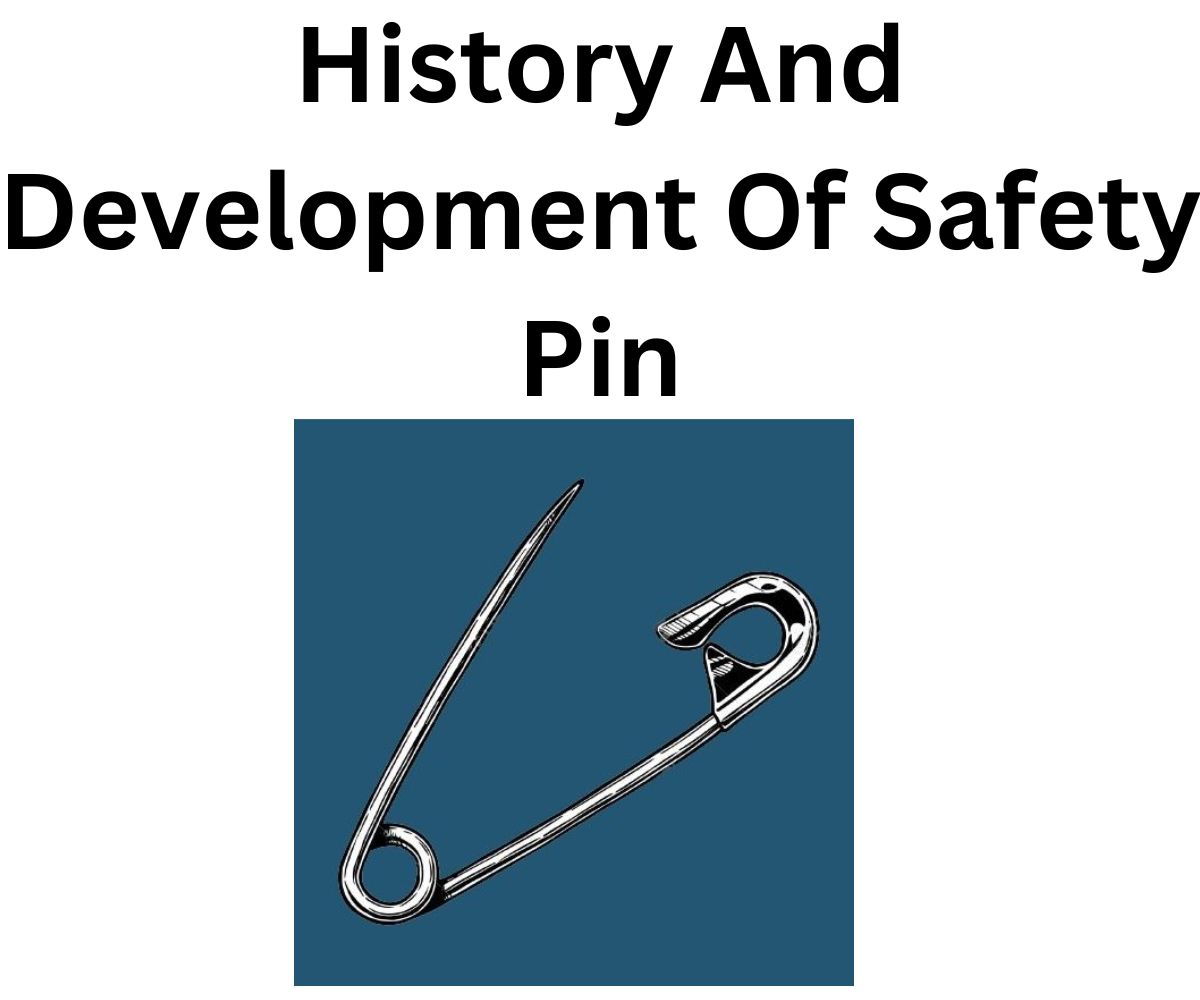History and development of safety pin
Introduction
The safety pin, a small and often overlooked object, holds an important place in the history of human innovation. This simple device, consisting of a coiled spring and a pin with a clasp, has evolved over the centuries to become an essential tool in our everyday lives. In this blog, we shed light on the rich history and evolution of the safety pin, tracing its journey from a rudimentary fastener to a modern necessity.
Invention of Safety Pin
The story of the safety pin begins in 1849 with American inventor Walter Hunt. To pay off a $15 loan, Hunt designed a pin that was not only effective in fastening clothing but also safe to handle. He patented his invention, the ‘Safety Pin’, and sold the rights to it for $400, inadvertently causing him to lose a lot of money, as his invention would become a staple item in homes around the world.
Preliminary Design and Materials
Initially, safety pins were made of wire and were quite basic in design. Early versions were generally hand-crafted, making them relatively expensive. However, the advent of mass production techniques in the late 19th and early 20th centuries made safety pins widely accessible and affordable.
World War I and the Safety Pin
During World War I, the safety pin found a new role on the battlefield. Soldiers used them to repair uniforms and gear. Safety pins also became an essential item in first aid kits in this era, used to secure bandages.
Safety Pin in Fashion
The safety pin’s leap from utility to fashion icon is as unexpected as it is fascinating. In the 1970s, the punk rock movement adopted the safety pin as a symbol of rebellion and anti-authority ethos. Designers such as Vivienne Westwood incorporated safety pins into their designs, giving them high fashion status.
Modern Innovation
Today’s safety pins are very different from Walter Hunt’s original design. They now come in a variety of sizes, materials and colors, catering to different needs and preferences. Some are designed with elaborate decorations and are primarily used as fashion accessories.
Symbolic Safety Pin
In recent years, the safety pin has taken on a symbolic role. It has emerged as a sign of solidarity with marginalized groups, with people wearing it to show their support for causes such as anti-racism and LGBTQ+ rights.
conclusion
The journey of the safety pin from a simple fastening tool to a multifunctional object that spans utility, fashion and symbolism is a testament to human ingenuity. Its evolution reflects the changes taking place in our society, reflecting our needs, values and creative spirit. As we continue to innovate and progress, the safety pin remains a humble reminder of how the simplest ideas can have the most lasting impact.
